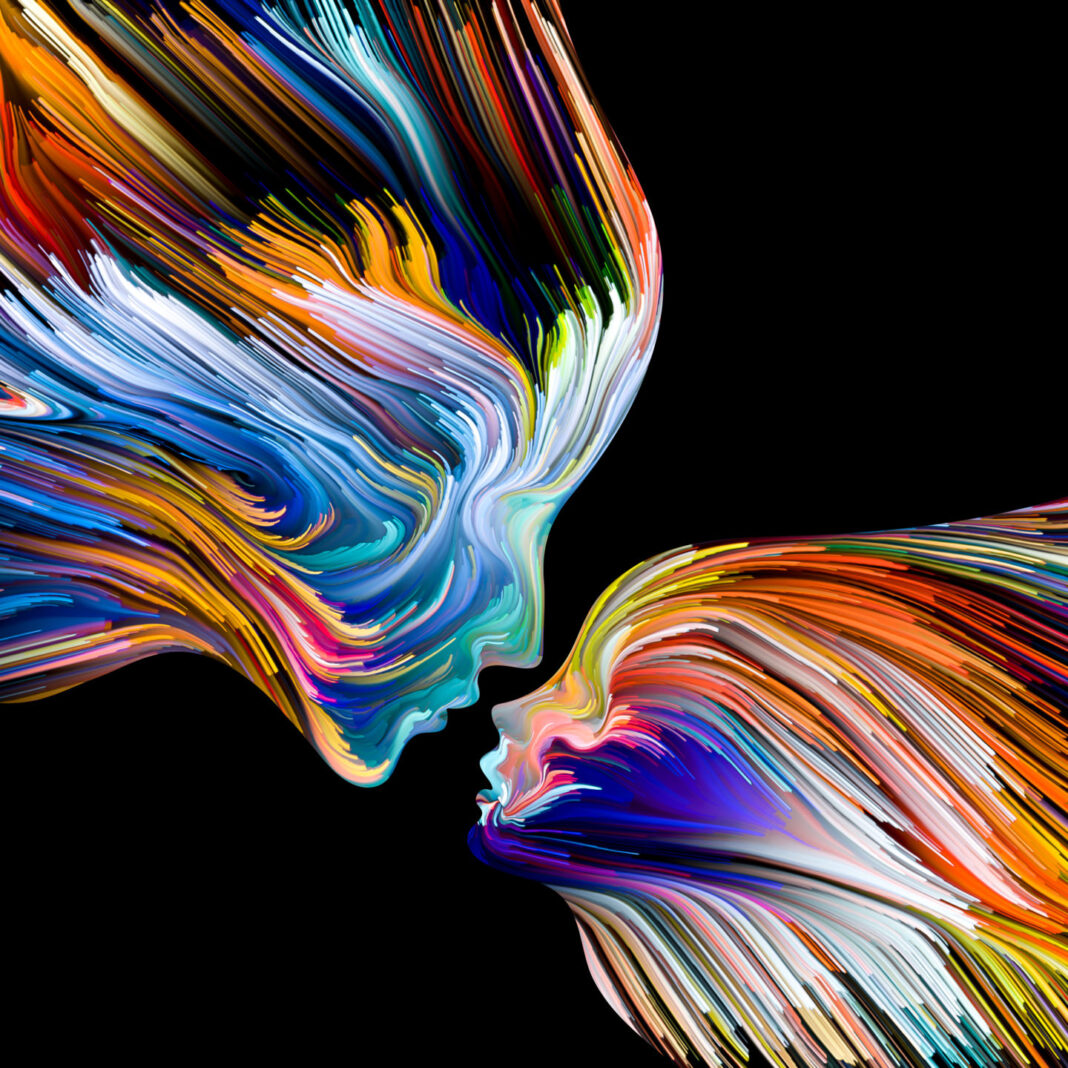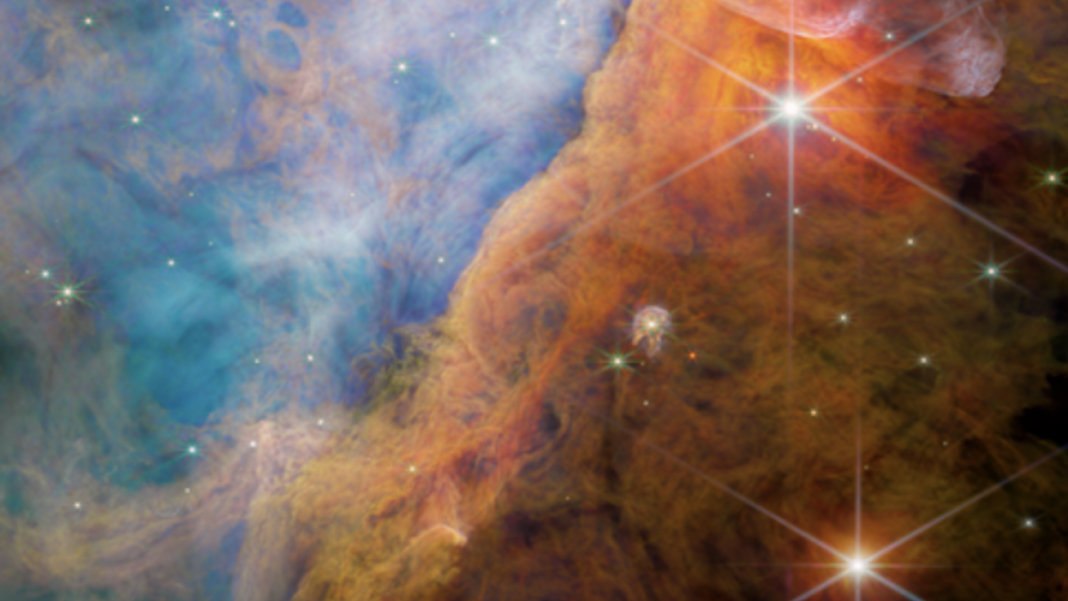Scientists worldwide gathered at the prestigious 26th Association for the Scientific Study of Consciousness (ASSC 26) meeting in New York to witness a groundbreaking clash between two prominent theories of consciousness. This thrilling scientific face-off aimed to shed light on the elusive nature of consciousness. The unexpected inclusion of music genres like soft rock and freestyle rap added an exciting twist to the event, captivating the eager audience. In this blog post, we delve into the fascinating discoveries unveiled during the event, as well as the ongoing quest to unravel the seat of consciousness.
The COGITATE Project: Exploring the Emergence of Consciousness; In 2019, the audacious COGITATE project embarked on a mission to unravel the enigma of consciousness, backed by a $20 million investment. Collaborating teams championing different theories of consciousness designed specific experiments, predicting results based on their respective hypotheses. Human brain scan data collected from six theory-neutral labs worldwide provided valuable insights into the origins of consciousness.
The Battle of Theories: Frontal Brain vs. Grid-like Neuronal Connections; The dominant theory, Global Neuronal Workspace Theory (GNWT), postulates that the front of the brain acts as a sketchpad, integrating sensory signals, memories, and emotions, which are then broadcast throughout the brain. In contrast, Integrated Information Theory (IIT) suggests that a grid-like network of interconnected neurons at the back of the brain plays a crucial role in initiating consciousness. The COGITATE project’s experiments aimed to discern which theory aligns more closely with measured brain activity.
Insights from Brain Scans and Neural Circuits; Concurrently, the Human Brain Project focused on identifying the critical neural circuits responsible for consciousness by scanning the brains of comatose and partially conscious patients. Their findings revealed two malfunctioning neural circuits—one located at the back of the brain, struggling with information integration, and another in the frontal and side regions, impairing signal transmission. The breakdown of these circuits disrupts consciousness, emphasizing their significance in the overall framework.
The Elusive Nature of Consciousness and the Search for Measures; Throughout history, consciousness has intrigued philosophers, scientists, and scholars alike. The blog explores the ongoing struggle to define and measure consciousness. From scanning awake individuals engaged in tasks to studying patients in vegetative or minimally conscious states, researchers employ diverse methodologies to tackle this challenging subject. As advancements in AI and neuroimaging continue, scientists strive to identify even subtle signs of consciousness.
Harmonizing Theories and Future Directions; While the COGITATE project’s initial results leaned towards supporting IIT, the battle between theories is far from over. Additional analyses using different algorithms reveal support for GNWT as well. The quest to unlock the secrets of consciousness remains an ongoing pursuit, with future studies aiming to bridge the gap between theories. Prominent scientists are exploring innovative approaches, such as using video games to capture conscious neural signals, promising more dynamic and revealing experiments.
The ASSC 26 meeting showcased remarkable progress in understanding consciousness, with significant findings from both the COGITATE project and the Human Brain Project. While the search for the seat of consciousness continues, researchers remain enthusiastic about the potential convergence of competing theories. As the scientific community unites in its pursuit of knowledge, we move closer to unraveling the mysteries surrounding human consciousness and its profound implications for our understanding of the mind.
What is the synonym of cogitate? When searching for a synonym for “cogitate,” you can consider the term “contemplate.” Both words convey the idea of deep thinking, pondering, or reflecting on a particular subject or problem. In SEO-friendly language, you could say that “contemplate” serves as a suitable synonym for “cogitate” when referring to engaging in thoughtful and introspective consideration.
How do you explain consciousness? Explaining consciousness is a complex endeavor. In simple terms, consciousness refers to our subjective awareness of our surroundings, thoughts, emotions, and experiences. It encompasses our ability to perceive, think, reason, and have self-awareness. SEO-friendly language can describe consciousness as the state of being aware and cognizant of one’s own existence and the external world.
What are the 5 aspects of consciousness? When exploring the aspects of consciousness, five key dimensions can be considered:
- Awareness: The fundamental quality of being conscious and perceiving stimuli.
- Intentionality: The ability to direct attention and focus on specific objects, thoughts, or actions.
- Self-awareness: The recognition and understanding of one’s own thoughts, emotions, and identity.
- Experience: The subjective aspect of consciousness that encompasses sensations, emotions, and perceptions.
- Unity: The integration of different sensory inputs and mental processes into a coherent and unified experience.
Is consciousness a mental state? Yes, consciousness is generally considered a mental state. It refers to the awareness and subjective experience of our mental processes, including thoughts, feelings, sensations, and perceptions. Consciousness involves the mind’s ability to engage with and interpret the world, making it an essential aspect of our mental functioning.
Is human consciousness in the brain? Current scientific understanding suggests that human consciousness is closely associated with brain activity. While the exact mechanisms and processes underlying consciousness are still not fully understood, evidence points to the brain playing a central role. The brain’s neural networks and interactions between different regions are believed to give rise to consciousness. Human consciousness can be described as emerging from the intricate workings of the brain, although ongoing research aims to unravel its precise nature and relationship to neural activity.











